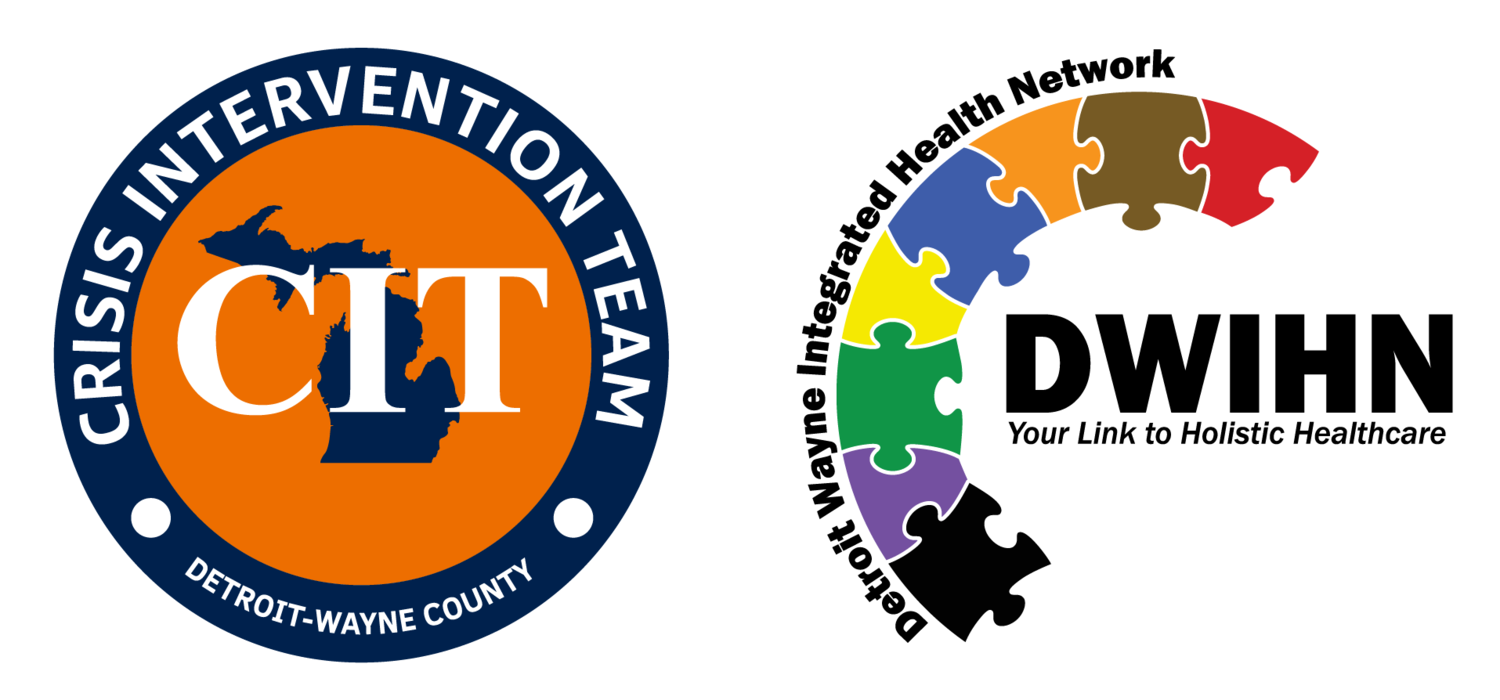What is CIT?
The Crisis Intervention Team (CIT) program is a community partnership of law enforcement, mental health and addiction professionals, individuals who live with mental illness and/or addiction disorders, their families, and other advocates. It is an innovative first-responder model of police-based crisis intervention training to help persons with mental disorders and/or addictions access medical treatment rather than place them in the criminal justice system due to illness-related behaviors. It also promotes officer safety and the safety of the individual in crisis.
CIT Program Goals:
Improve Officer and Consumer Safety
To help persons with mental disorders and/or addictions access medical treatment rather than place them in the criminal justice system due to illness related behaviors.
core components
Community Collaboration: Vitally important to successful CIT programs is building relationships and breaking down silos between organizations and stakeholders. This broad-based, grassroots community collaboration is what makes CIT programs sustainable over time.
Accessible Crisis System: An outcome of productive community collaboration is the transformation of a crisis response system that is vibrant, responsive and easily accessible. Communities should work to provide a 24/7 crisis response, a “no wrong door” philosophy, and a 15 minute or under turnaround time to get first responders back on the streets.
Training for Law Enforcement/First Responders: The 40-hour training curriculum is designed to be taught by local specialists from the law enforcement, behavioral health and consumer/advocate field. Upon completion of the course, officers/first responders are better equipped to:
Understand common signs and symptoms of mental illnesses and co-occurring disorders;
Recognize when those signs and symptoms represent a crisis situation;
Safely de-escalate individuals experiencing behavioral health crises;
Utilize community resources and diversion strategies to provide assistance.
Behavioral Health Staff Training: It is imperative that behavioral health staff develop an understanding of the role of law enforcement/first responders, and why they are trained to respond in ways that they do. The goal is a deeper understanding and appreciation of one another’s roles, leading to improved collaboration.
Family/Consumer/Advocate Participation: People with lived experience provide invaluable insight in the 40 hour training, and consumers and family members are key resources in advocating for CIT programs and improved crisis services.
Benefits of CIT
Not only can CIT programs bring community leaders together, they can also help keep people with mental illness out of jail and in treatment, on the road to recovery. That’s because diversion programs like CIT reduce arrests of people with mental illness while simultaneously increasing the likelihood that individuals will receive mental health services. CIT programs also:
Give police officers more tools to do their job safely and effectively. Research shows that CIT is associated with improved officer attitude and knowledge about mental illness. In Memphis, for example, CIT resulted in an 80% reduction of officer injuries during mental health crisis calls.
Keep law enforcement’s focus on crime. Some communities have found that CIT has reduced the time officers spend responding to a mental health call. This puts officers back into the community more quickly.
Produce cost savings. It’s difficult to estimate exactly how much diversion programs can save communities. But incarceration is costly compared to community-based treatment. For example in Detroit an inmate with mental illness in jail costs $31,000 a year, while community-based mental health treatment costs only $10,000 a year.
References:
http://www.citinternational.org/What-is-CIT
https://www.nami.org/get-involved/law-enforcement-and-mental-health

